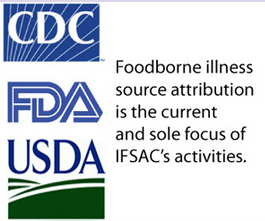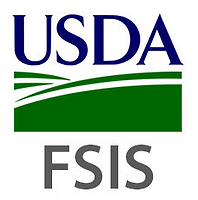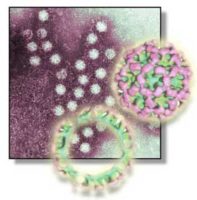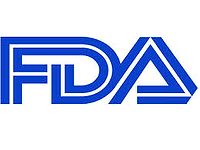Last week, a new Strategic Plan for 2017-2021 was unveiled by The Interagency Food Safety Analytics Collaboration (IFSAC)--a partnership that consists of the Centers for Disease Control and Prevention (CDC), the U.S. Food and Drug Administration (FDA), and the U.S. Department of Agriculture’s Food Safety and Inspection Service (FSIS).
The plan calls for increased focus on improving estimates of where foodborne illnesses originate, along with developing methods to determine how the sources of such illnesses change over time. Specifically, the Strategic Plan’s goals are:
- To improve the use and quality of new and existing data sources
- To improve analytic methods and models
- To enhance communication about IFSAC progress
In order to achieve these goals, IFSAC has outlined a series of key objectives:
- Enhance the collection and quality of relevant source data
- Enhance the use of existing regulatory and foodborne illness surveillance data
- Incorporate genomic data and other novel data sources
- Explore ways to address key gaps in data quality, methods and models
- Develop new analytic approaches and models to maximize use of existing data
- Expand the availability of technical and scientific expertise through collaboration with internal and external partners
- Enhance relationships and engagement with internal and external groups, and
- Improve the synthesis, interpretation and dissemination of analytical findings for multiple audiences.
IFSAC was created in 2011 in an effort to streamline coordination efforts between the three federal agencies. The new strategic plan highlights IFSAC’s intent to continue engaging with industry stakeholders on future work.
More insight from IFSAC:
IFSAC Report: Most Salmonella Caused by Seeded Vegetables, Not Meat
IFSAC Introduces New Method for Attributing Foodborne Illness
Sign up for Food Safety Magazine&rsquos bi-weekly emails!




